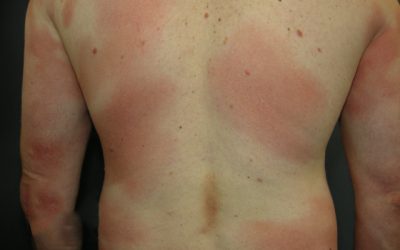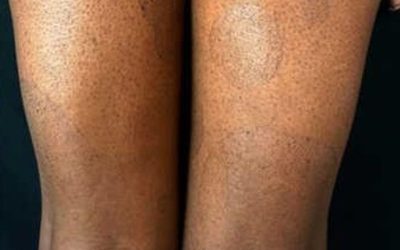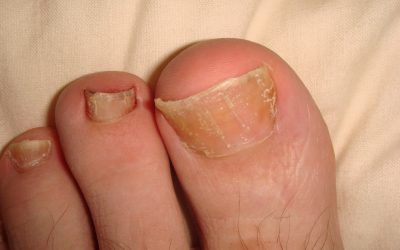Peeling skin syndrome
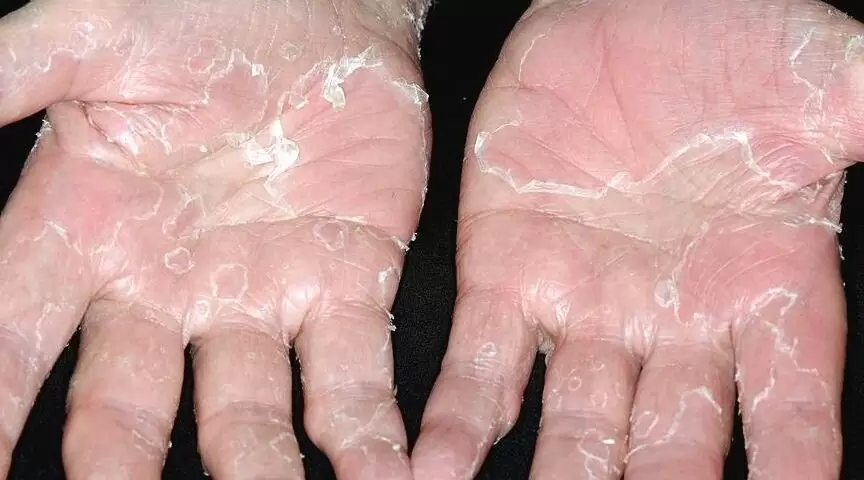
- the disease appears from birth or in the first year of life
- lasts a lifetime
- a very rare disease that, according to available data, affects men and women equally
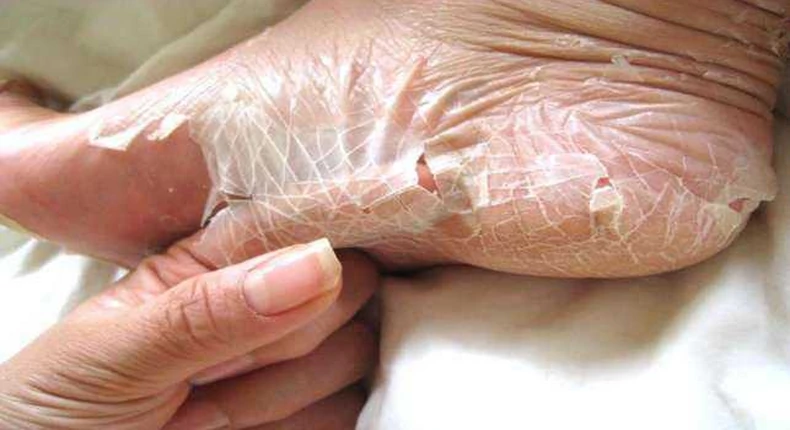
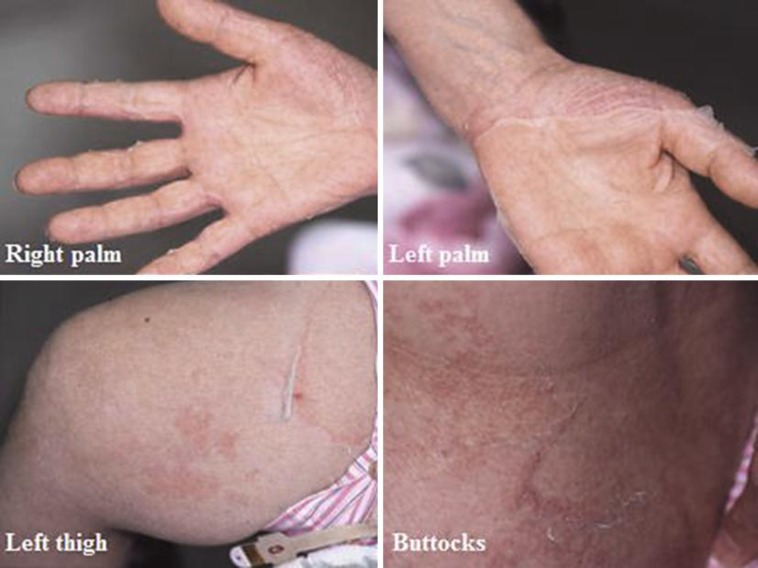
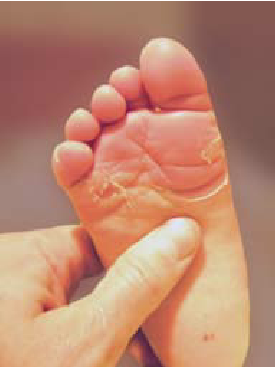
It occurs most often:
- constant skin peeling, flaking
- there is no soreness or unpleasant sensations when peeling the skin
- the skin is dry
- the skin may become scaly, reminiscent of fish skin
- peeling can be triggered by sunburn, sweat, mechanical damage, etc
Localization
possible skin changes on the whole body or only on the extremities
- in the case of a widespread form in the newborn, other immune system and metabolic disorders often appear together, which often results in the patients not surviving
- in the case of a localized form, the lesions can be of very different degrees, so some affected individuals remain undiagnosed
other related changes:
- short height
- disturbed puberty
Diagnostics
Patient survey and examination data are very important for diagnosis. However, a skin biopsy is required to confirm the diagnosis, and blood and urine tests can also help.
Treatment
The Dermatologist tailors a personalized care approach for each individual. This includes broad strategies like safeguarding the skin from harm or irritation.
The treatment may involve a range of hydrating lotions, topical applications that aid in skin renewal, oral medications to support skin health, and occasionally, treatments to manage allergic reactions.

Mycosis Fungoides
The most common primary skin T-cell lymphoma (cancer of the blood). Mycosis Fungoides is characterized by three main stages, several of which may exist at the same time
Paraneoplastic dermatological manifestation of gastrointestinal malignancies
rare disorders resulting from the immune system’s response to a cancerous process (neoplasia) in the body. Gastrointestinal neoplasms more often cause paraneoplastic syndromes affecting the skin.
Nail psoriasis
Psoriasis is a form of chronic systemic inflammatory autoimmune disease that mostly affects fingernails and toenails.

